Je ne me souviens plus si les rates pour les MKIII étaient plus raides. Me semble que oui.
Ces specs sont ceux de KW pour les mk3..
Bien hâte de voir ce que ça va dire!
Sent from my SAMSUNG-SGH-T989 using Tapatalk
Je ne me souviens plus si les rates pour les MKIII étaient plus raides. Me semble que oui.

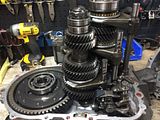

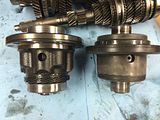
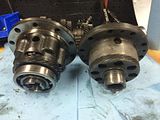
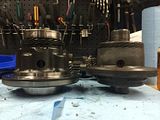
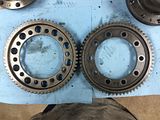
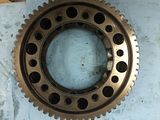
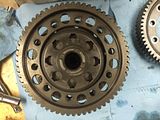
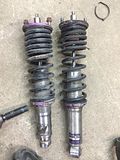
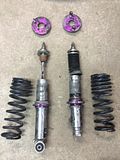
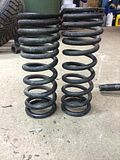
will those HKS even handle 700-800lbs on the current valving?
No I don't but I do know I plan on running 700lbs springs and had to order revalved koni's as suggested by Ground Control.
will those HKS even handle 700-800lbs on the current valving?
Honestly I'm not sure ... Haven't looked into it yet. I'll try them as is first.
Do you have personal experience with them ?
Good schock valving is crucial IMO. I've had terrible experience with KONI but wonderful with Bilstein. As for going stiff.... don't go overboard cause remember, you might need to drive the car in the rain as well. Aim for a good compromise. Just sayin'

Hey, I thought I would pitch in to give a few tips with stiffer springs!
All shocks have more damping in rebound than in compression, this is because when the wheel is in compression, part of the energy is dissipated in the shock absorber and the rest is accumulated in the spring by compressing it.
In rebound, think of a sudden extension, the shock has to damp ALL of the energy that has been accumulated in the spring by controling it's retraction. Therefore the damping needs to be higher.
here is a force VS speed curve for a shock:
Rebound below, compression top,
Force on the vertical axis, shock speed on the horizontal axis

So if you do run stiffer springs on the same shocks, chances are that you will have to REDUCE compression damping, bceause the stiffer spring can accumulate more energy, therefore the shock needs to do less.
You'll need to INCREASE rebound damping, because the shock has to control all the energy that has been accumulated in the stiffer spring.
So, if you want to run stiffer springs, make sure you have enough adjustability range on rebound damping or the car could become stiff and bouncy
To give you an example: on the cars I work on we have 10 different setups for compression damping that cover ALL the springs we use during the season.
However, we have 45 (yes 45) different suspension configurations just to cover the rebound damping for all the springs.
You'll need to INCREASE rebound damping, because the shock has to control all the energy that has been accumulated in the stiffer spring.
So, if you want to run stiffer springs, make sure you have enough adjustability range on rebound damping or the car could become stiff and bouncy
What are you using for alignment specs? How big of a rear bar?
last year specs were:
camber --> -2.5 Front, -2.0 Rear
Toe --> 0 Front (didn't liked toe out in front), a hair of toe out for the rear
I'll go larger on tires this year, so I worried that rotation would get worst with the extra grip in the rear.
I'll have to play with the setup to find what I like ... sounds like Fun !
Thanks for the tip Oldschoolz *tu*
unfortunately, my shocks don't have separate adjuster for Damping and Compression. But from reading on the web, I saw that the single adjuster (30 clicks located on top of the shock) is supposed to adjust BOTH at the same time !?!? If this is the case, the only way I can increase rebound is to increase compression as well ...
I calculated my effective wheelrate from swapping coils front to back (used ratio--> Front:1.5, Rear:1.35):
Before (500F/400R)
Front --> 224
Rear --> 215
After (400F/500R)
Front --> 174
Rear --> 276
In the end, I don't think this change is gonna do much to help my car rotate around tight corners.
And according to Pat who already tried 400 in the front, it might not be enough .... Decision-Decision
last year specs were:
camber --> -2.5 Front, -2.0 Rear
Toe --> 0 Front (didn't liked toe out in front), a hair of toe out for the rear
I'll go larger on tires this year, so I worried that rotation would get worst with the extra grip in the rear.
I'll have to play with the setup to find what I like ... sounds like Fun !
Your calculations are correct, assuming the motion ratios are good !
FWD touring cars i've worked on ran softer wheelrates in the front than in the rear, combined with a low roll-center in the front and very stiff rear anti roll bar. On a short wheelbase car, the softer rates and low roll-center in the front will make the front corner dip down and the inside rear wheel lift off the ground.
Toe out in the front will definitely help you for initial turn in, however it's the car becomes very unstable to side winds and cracks in the racetrack. If you just align the car once for the whole season regardless of track conditions I wouldn't run toe out because it'll be a disaster in the rain (so responsive in fact that you'll end up in the wall quite quickly)
